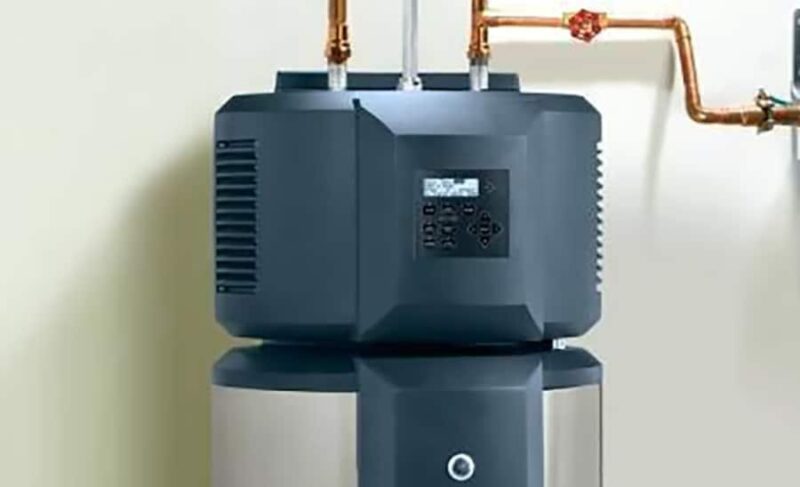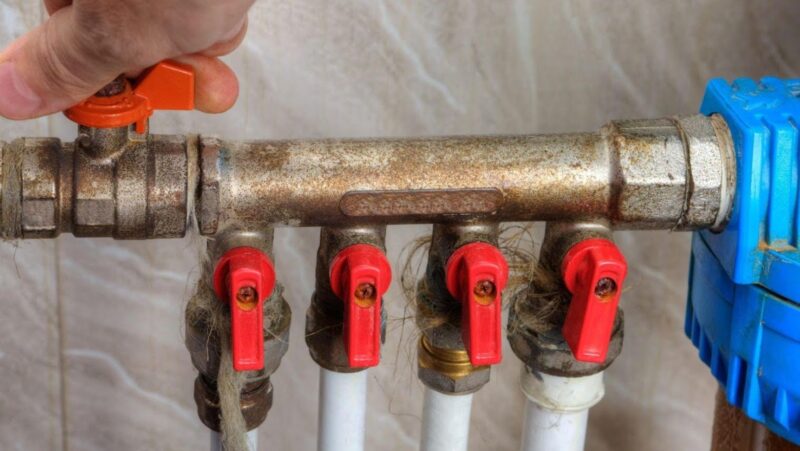
Gardening provides homeowners with myriad benefits, ranging from therapeutic relaxation to environmental sustainability. Yet, the increasing demands of modern life can make it challenging for many to tend to their gardens regularly.
Introducing our innovative self watering planters on wheels, the perfect solution for those who want to enjoy the benefits of gardening without the hassle of constant watering and mobility issues. These planters come equipped with a built-in irrigation system that ensures your plants receive the right amount of water at all times, eliminating the need for manual watering. Additionally, the wheels make it easy to move the planters around your space, whether you want to bring them indoors during harsh weather or simply rearrange your outdoor seating area. Say goodbye to heavy watering cans and bulky planters and hello to our convenient self watering planters on wheels!
Self-sustained gardening emerges as a solution, allowing homeowners to enjoy the rewards of gardening without the hefty time commitment. This approach not only fosters a more sustainable living space but also simplifies the gardening process.
With the expansion of urban landscapes and the reduction of natural greenery, adopting self-sufficient gardening techniques becomes essential, ensuring both aesthetic appeal and resource conservation.
The Basics Of Self-Sustained Gardening
Self-sustained gardening focuses on creating a system where plants can thrive with minimal intervention. By optimizing soil health, ensuring appropriate water supply, and selecting the right plant varieties, one can establish a garden that largely takes care of itself.
The foundation of this gardening approach is a deep understanding of the local ecosystem. Knowledge of the local climate, soil type, and native plant species can drastically reduce the need for frequent watering, fertilizing, or pest control.
Furthermore, it’s about leveraging natural processes to support the garden. This could involve using natural predators to control pests or employing companion planting strategies to enhance plant health and growth.
Drip Irrigation Systems
The key to a self-sustained garden is an efficient watering system. Drip irrigation is a popular method that delivers water directly to plant roots, minimizing waste and ensuring plants receive the moisture they need.
This system comprises a network of tubes, valves, and emitters that distribute water throughout the garden. It operates at a lower pressure than traditional sprinkler systems, which translates to water savings.
Moreover, a drip irrigation system significantly reduces the chances of plant diseases associated with waterlogged soil or foliage. When combined with a watering system for potted plants, one can ensure optimal hydration for garden beds and container plants.
Mulching
Mulching is a technique that involves covering the soil around plants with organic or inorganic materials. It serves multiple purposes, including moisture retention, weed control, and temperature regulation.

When soil is covered with mulch, it retains moisture more effectively. This means that plants require less frequent watering, making it easier for busy homeowners. In addition, mulch acts as a barrier against weeds, reducing the need for manual weeding or chemical herbicides.
Lastly, mulch acts as an insulator, protecting plant roots from temperature extremes. Whether it’s the blazing heat of summer or the frosty chill of winter, mulched gardens tend to fare better, ensuring that plants remain healthy throughout the year.
Perennial Plants
Opting for perennial plants can significantly simplify garden maintenance. Unlike annuals that live for just one growing season, perennials return year after year, reducing the need for regular replanting.
By establishing a garden predominantly with perennials, homeowners can enjoy a variety of colors, shapes, and textures throughout the seasons. These plants have the added advantage of deep-rooted systems that enable them to access water and nutrients from deeper soil layers.
Furthermore, many perennials have developed natural defenses against pests and diseases, reducing the time and resources spent on plant protection measures.
Natural Predators
Introducing beneficial insects and animals into the garden can help keep pest populations in check. By creating a habitat for these natural predators, one can eliminate the need for chemical pesticides.
For instance, ladybugs are voracious eaters of aphids, while birds can help control insect populations. By installing birdhouses or fostering plants that attract beneficial insects, homeowners can establish a natural defense system for their gardens.
Similarly, certain plants, when planted in proximity, can deter pests. This companion planting technique not only aids in pest control but also promotes plant health and growth.
Composting
Composting is the process of decomposing organic waste into rich, fertile soil. By setting up a composting system, homeowners can recycle kitchen and garden waste into valuable plant nutrition.

The nutrients from compost feed the soil, promoting plant health and reducing the need for chemical fertilizers. Moreover, compost improves soil texture, ensuring better water retention and aeration.
Given the dual benefits of waste reduction and soil enrichment, composting is a cornerstone of self-sustained gardening. With minimal effort, homeowners can create a continuous supply of nutrient-rich soil for their gardens.
Crop Rotation
For homeowners who venture into growing edibles, crop rotation is a technique that can enhance soil health and reduce the occurrence of pests and diseases. By changing the location of specific crops each year, one can prevent the build-up of soil-borne diseases and pests.
Different plants have varying nutrient requirements. By rotating crops, the soil can replenish its nutrient levels, ensuring that plants receive the nutrition they need.
While the concept may sound intricate, with a basic plan and a little organization, even a small vegetable patch can benefit immensely from this age-old farming practice.
Conclusion
Embracing self-sustained gardening practices offers homeowners a pathway to maintain lush, vibrant gardens without the constant demand for attention.
From mulching and efficient watering systems to leveraging nature’s pest controllers, these techniques harmonize with nature to create a balanced ecosystem right in one’s backyard. It’s about crafting a space that’s not only beautiful but also sustainable and low maintenance, allowing busy homeowners to enjoy the best of both worlds.



